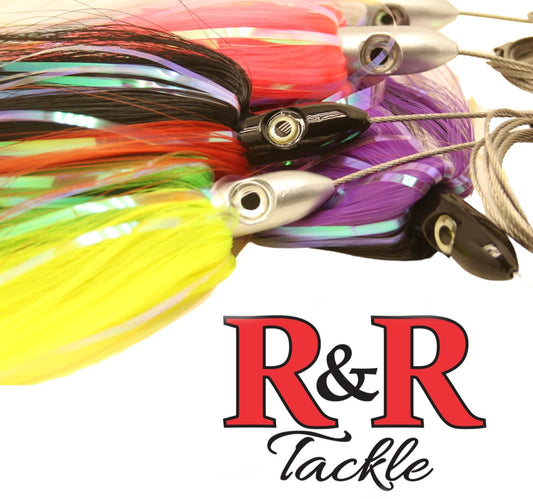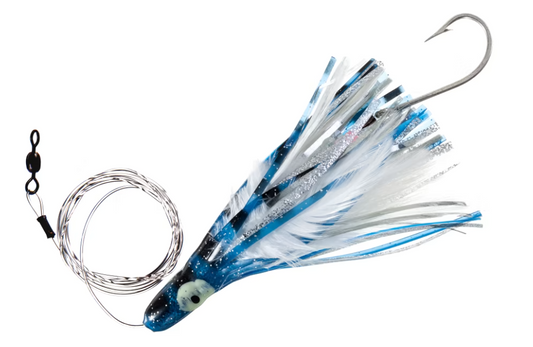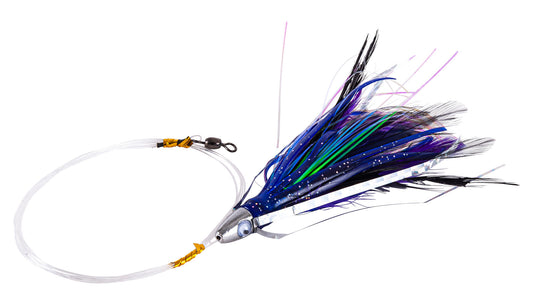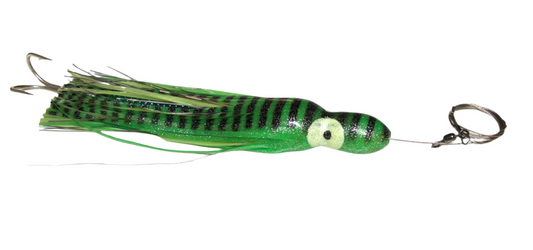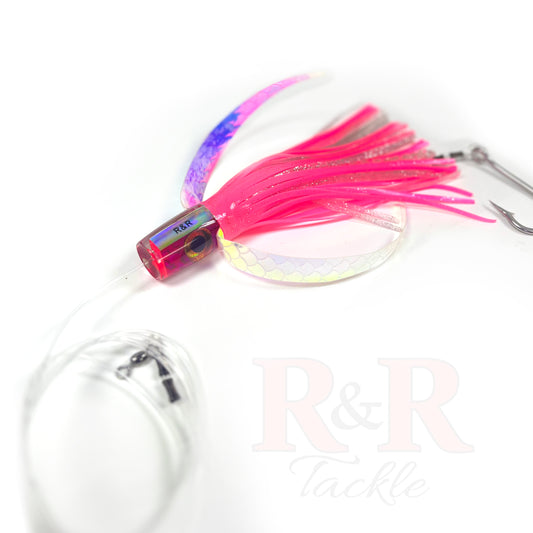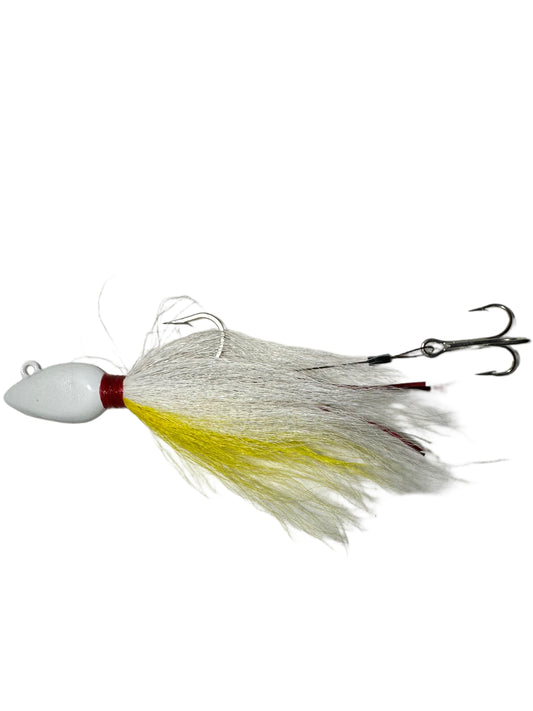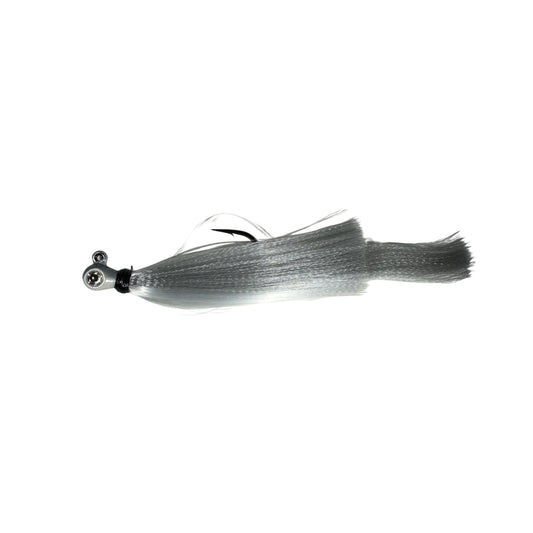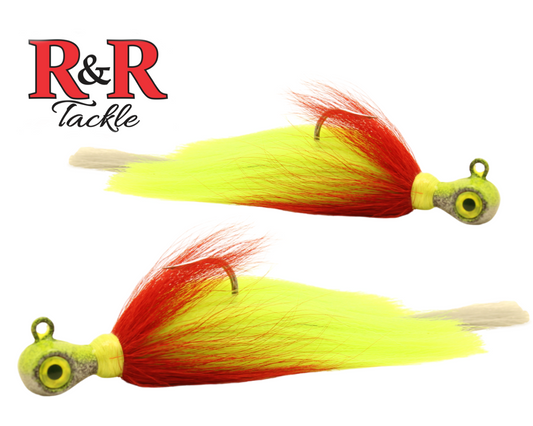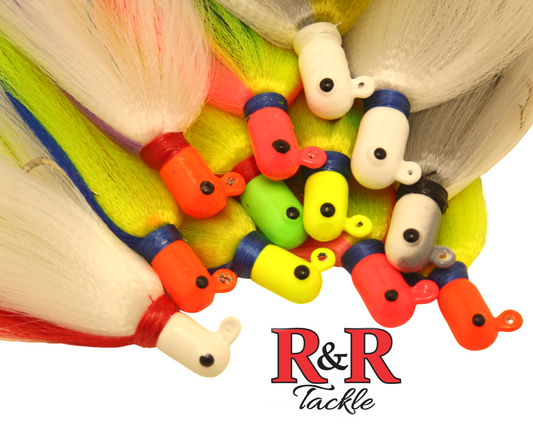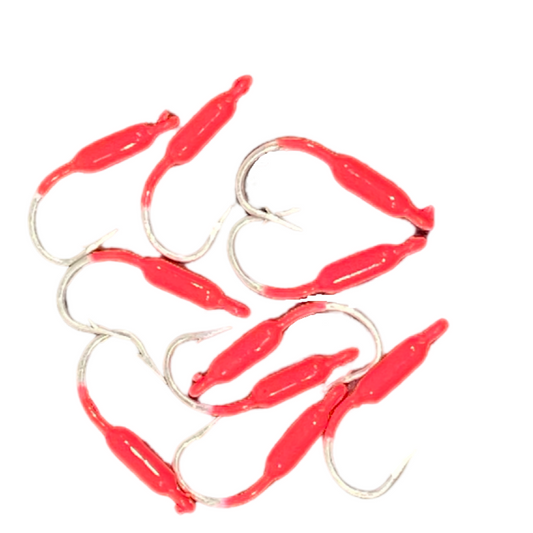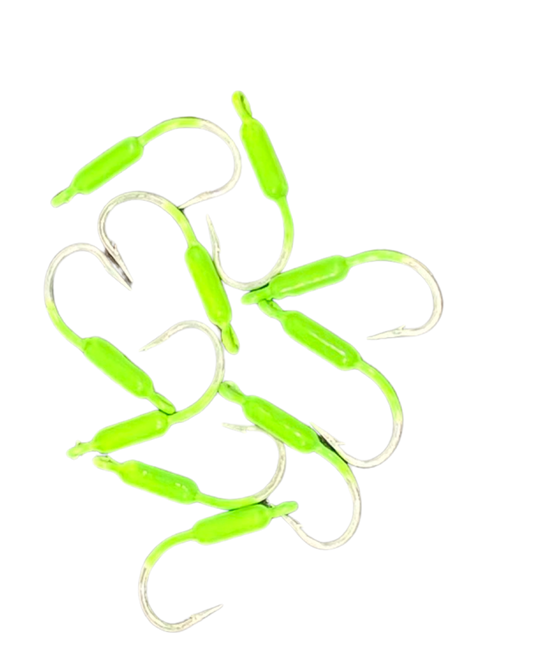Free shipping on orders over $75 (Except for the following products: Bait Nets, Collapsible Bait Pens, and Bucket Tube). Continental USA only.
Free shipping on orders over $75 (Except for the following products: Bait Nets, Collapsible Bait Pens, and Bucket Tube). Continental USA only.
Free shipping on orders over $75 (Except for the following products: Bait Nets, Collapsible Bait Pens, and Bucket Tube). Continental USA only.
Free shipping on orders over $75 (Except for the following products: Bait Nets, Collapsible Bait Pens, and Bucket Tube). Continental USA only.
Free shipping on orders over $75 (Except for the following products: Bait Nets, Collapsible Bait Pens, and Bucket Tube). Continental USA only.
Free shipping on orders over $75 (Except for the following products: Bait Nets, Collapsible Bait Pens, and Bucket Tube). Continental USA only.
Free shipping on orders over $75 (Except for the following products: Bait Nets, Collapsible Bait Pens, and Bucket Tube). Continental USA only.
Free shipping on orders over $75 (Except for the following products: Bait Nets, Collapsible Bait Pens, and Bucket Tube). Continental USA only.
Free shipping on orders over $75 (Except for the following products: Bait Nets, Collapsible Bait Pens, and Bucket Tube). Continental USA only.
Free shipping on orders over $75 (Except for the following products: Bait Nets, Collapsible Bait Pens, and Bucket Tube). Continental USA only.


